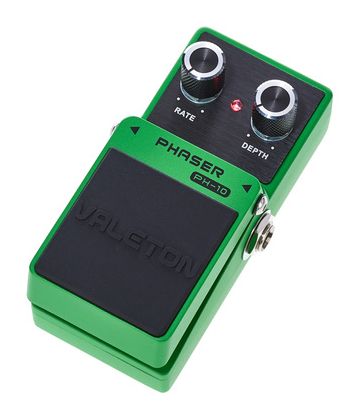comesect2.0 wrote:
Since it's for babys, maybe like the two prongs could have danglies like a crib musical mobile


well, got one quadrant wired up....didn't realize I needed 10M resistors so might just wire some 2M in series to make do. here's a pretty interesting article Peter Blasser wrote that talks about the Nobsrine and how having a child influenced his design choices.
http://econtact.ca/17_4/blasser_ovalsynth.html
Its a really interesting read, but here's just regarding the instrument for babies...
Nobsrine
Nobsrine. Another baroque analogue computer, with two nobs, to generate music out of the back-and-forth milking gestures of a young one.
On observing my young one’s stereo milking, I extracted a nob circuit from the Din Datin Dudero for a new instrument (Fig. 2). I reckoned the boundary sampler would have the most effect as modulation source for simple triangle oscillators, and an envelope also generated by nob movement. The Nobsrine, first produced as paper circuit 11[11. The idea for paper circuits, a simple technique for making custom circuits, came originally from the commonsound listserv (now 4ms Company). A design is printed out on paper, with front and back mirrored and adjacent; it is creased and folded along this mirror line, and card-stock is glued in between. The front design shows where to pierce holes with a needle, and the back shows where to take inserted component leads, bend them, and join them with solder.] contains these features in binary divisions: for the two nobs, there are two oscillators that derive their pitch and envelope from clockwise and counter-clockwise movement (Fig. 3). To detect change in direction (clockwise to counter-clockwise or vice versa) a small capacitor feeds the nob voltage to a hysteresis circuit 12[12. Hysteresis, also known as positive feedback, senses any change in direction, to manifest a “0” or “1” transition for the direction.] that sends separate spikes to analogue switches, resulting in a very learnable sample-and-hold circuit. Likewise, to generate an envelope, a capacitor decouples the nob gesture, differentiating it into intensities of acceleration, separated by direction. It is silent when non-played.
The instrument turns itself off after a few seconds of non-playing. My young one taught me a most important lesson about power. First of all, know that a child will never switch an instrument off, causing its battery to eventually deplete. Second, consider an on-off toggle switch to control the main power of an instrument. Show a child how to turn it on, accompanied by a metallic click; the baby reaches over to make another click: off! The lesson is the same as the stereo milking: the interface component means a different thing to the purposeful mind than to the playful one. I intended to make a simple and useful power control. To my son, a toggle-as-toggle simply clicks as it goes back and forth — who cares if it uses no battery one way, and depletes it in the other? Its inherent sonic operation takes attention from that which it controls internally, the energization of a synthesizer circuit.
The answer to this primal physicality is a simple button and a more sophisticated internal switch — a circuit that turns itself off. The button triggers an active component, a MOSFET to energize the circuit. 13[13. A MOSFET, or Metal Oxide Semiconductor Field Effect Transistor, is a transistor with an insulated gate at a physical proximity close enough for an electrical field to trigger conduction in the main channel. It is often used for power circuit controls.]. Show a button-press to a child, thereby turning the instrument on, and the child will press it again to continue the on-ness; there is no wrong move. Furthermore, the instrument can keep itself on by shunting its sampling pulses through transistors to the MOSFET gate; by milking the nobs, the instrument maintains aliveness.
welp, back to work

Since it's for babys, maybe like the two prongs could have danglies like a crib musical mobile



Big order in right before the 3 day weekend!

